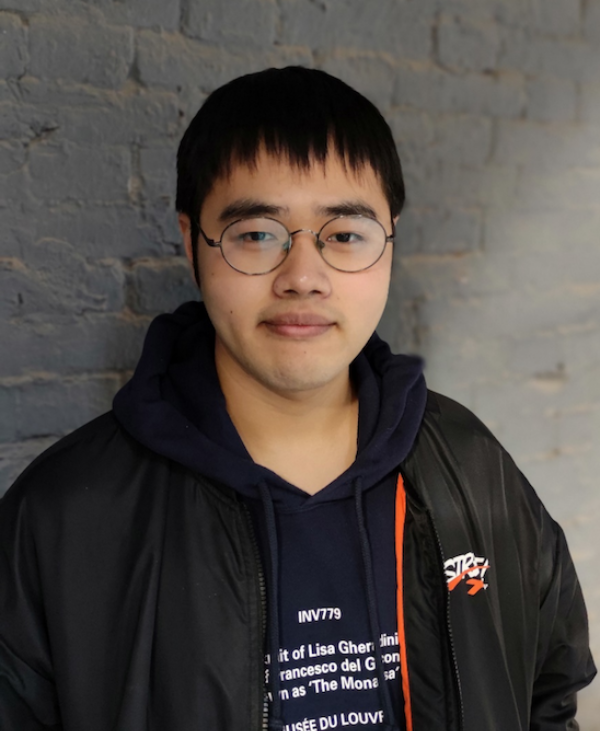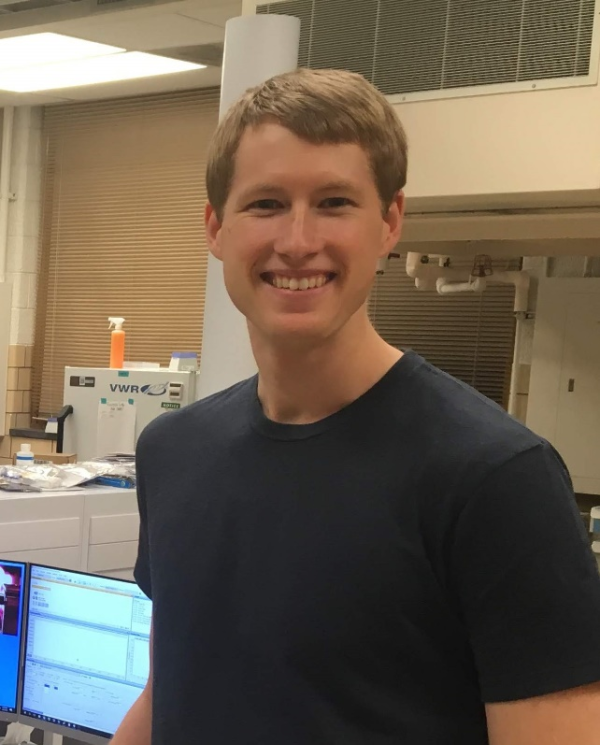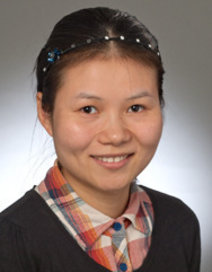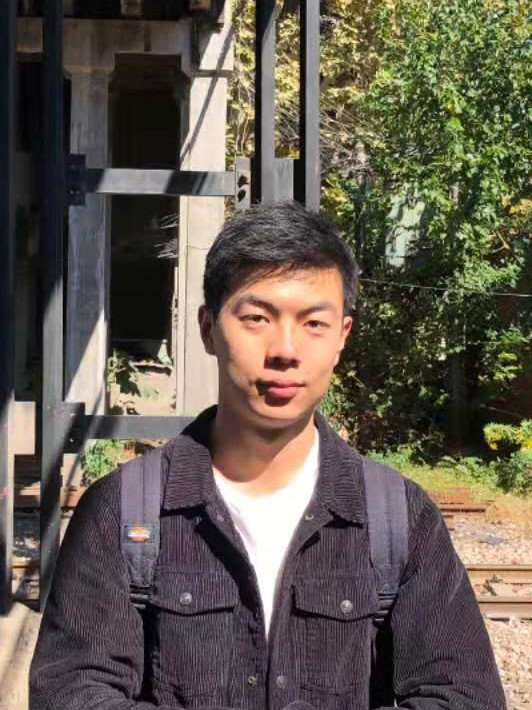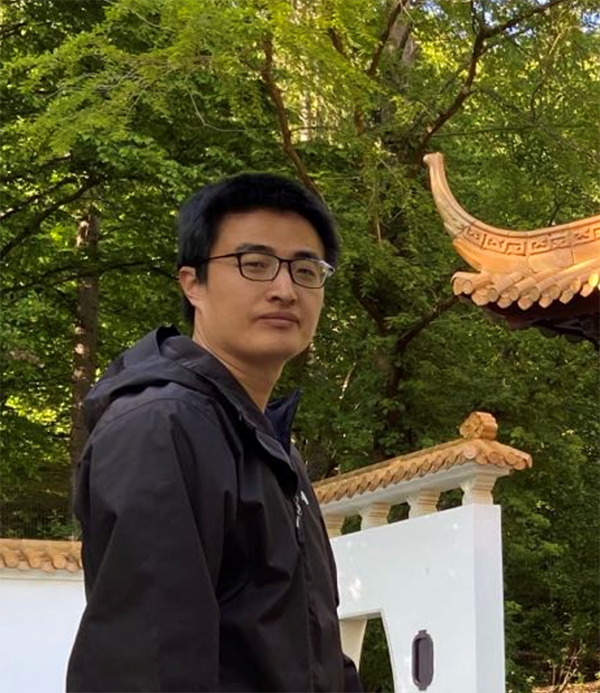计算糖蛋白质组学:软件与算法、机遇与挑战
计算糖蛋白质组学作品云上分享会
First Session
Nov. 26, 2021 20:00 (UTC+8)
Zoom Meeting ID:967 1224 8816
StrucGP: De Novo Structural Sequencing of Site-specific N-Glycans on Glycoproteins Using a Modularization Strategy
Abstract:
Precision mapping of glycans at structural and site-specific level is still one of the most challenging tasks in the glycobiology field. Here, we describe a novel modularization strategy for de novo interpretation of N-glycan structures on intact glycopeptides using tandem mass spectrometry. A new algorithm named StrucGP is also developed to automate the interpretation process for large-scale analysis. By dividing an N-glycan into three modules and identifying each module using distinct patterns of Y ions or a combination of distinguishable B/Y ions, the method enables determination of detailed glycan structures on thousands of glycosites in mouse brain, which are comprised of four types of core structures and seventeen branch structures with three glycan subtypes. Owing to the database-independent glycan mapping strategy, StrucGP also facilitates the identification of rare/new glycan structures. The approach will be greatly beneficial for in-depth structural and functional study of glycoproteins in the biomedical research.Keywords:
Glycoproteomics, Glycan structure, Mass spectrometry, GlycosylationGproDIA enables data-independent acquisition glycoproteomics with comprehensive statistical control
Abstract:
Large-scale profiling of intact glycopeptides is critical but challenging in glycoproteomics. Data independent acquisition (DIA) is an emerging technology with deep proteome coverage and accurate quantitative capability in proteomics studies, but is still in the early stage of development in the field of glycoproteomics. We propose GproDIA, a framework that applies the concept of peptide-centric DIA analysis to proteome-wide characterization of intact glycopeptides with comprehensive statistical control by a two-dimentional false discovery rate approach and a glycoform inference algorithm, enabling accurate identification of intact glycopeptides using wide isolation windows. We further utilize a semi-empirical spectrum prediction strategy to expand the coverage of spectral libraries of glycopeptides. We benchmark our method for N-glycopeptide profiling on DIA data of yeast and human serum samples, demonstrating that DIA with GproDIA outperforms the data-dependent acquisition-based methods for glycoproteomics in terms of capacity and data completeness of identification, as well as accuracy and precision of quantification. We expect that this work can provide a powerful tool for glycoproteomic studies.Keywords:
Glycoproteomics, Data independent acquisition, Mass spectrometrySecond Session
Dec. 2, 2021 08:00 (UTC+8)
Zoom Meeting ID:953 5589 3407
Peptide-first Glycopeptide Search: Combining MSFragger Glyco Search with Glycan FDR Control in PTM-Shepherd
Abstract:
Advances in methods for enrichment and mass spectrometric analysis of intact glycopeptides are increasingly producing large-scale, high-quality glycoproteomics datasets, but confidently annotating both peptide and glycan identities in the resulting spectra remains challenging. We have developed a “peptide-first” glyco search strategy using the mass offset search of MSFragger to identify glycopeptides as the combination of a peptide sequence and a glycan mass. This approach takes advantage of glycan fragmentation and the indexed search of MSFragger to greatly improve the sensitivity of glycopeptide spectrum matching in CID/HCD data. We have recently introduced a module in the post-search annotation tool PTM-Shepherd to convert the glycan mass to a specific glycan composition and perform glycan composition-specific FDR estimation. Matching the peptide sequence first greatly reduces the number of possible glycans being considered in glycan matching, and, along with the use of both Y- and oxonium ions from the spectrum, allows our method to achieve sensitive and robust glycan assignment in the presence of entrapment glycans known not to be present in the sample. Combined with tools for quantitation, we now have a complete pipeline in the Fragpipe computational environment for analysis of glycopeptide tandem MS data.Glycopeptide characterization with MetaMorpheus
Abstract:
Mass spectrometry (MS) is the gold standard for interrogating the glycoproteome, enabling the localization of glycans to specific glycosites. Recent applications of electron-driven dissociation methods have shown promise in localizing modified O-glycosites even in multiply glycosylated peptides. Yet, standard approaches for interpreting MS/MS spectra are ill-suited to the heterogeneity of O-glycopeptides, especially for the most challenging mucin-type O-glycosylation. O-glycoproteomic analysis pipelines are needed to search for multiply O-glycosylated peptides within reasonable time frames for simple mixtures of O-glycoproteins and proteome-scale experiments.
We developed O-Pair Search identifies O-glycopeptides via an ion-indexed open modification search and localizes O-glycosites using graph theory and probability-based localization Using paired collision- and electron-based dissociation spectra. O-Pair Search reduces search times compared to current popular O-glycopeptide processing software Byonic, while defining O-glycosite localization confidence levels and generating more O-glycopeptide identifications.
Multiplexed quantitative site-specific N-glycoproteomics method development and applications
Abstract:
Regulation of protein N-glycosylation is essential in human cells. However, large-scale, accurate, and site-specific quantification of glycosylation is still technically challenging. We introduced SugarQuant, an integrated mass spectrometry-based pipeline comprising protein aggregation capture (PAC)-based sample preparation, multi-notch MS3 acquisition (Glyco-SPS-MS3) and a data-processing tool (GlycoBinder) that enables confident identification and quantification of intact glycopeptides in complex biological samples. We apply SugarQuant to identify and quantify more than 5,000 unique glycoforms in Burkitt’s lymphoma cells, and determine site-specific glycosylation changes that occurred upon inhibition of fucosylation at high confidence. We further demonstrated the implementation of FAIMS in SugarQuant provided the most accuracy and precision for glycoproteomics.Third Session
Dec. 10, 2021 20:00 (UTC+8)
Zoom Meeting ID:986 7749 6425

